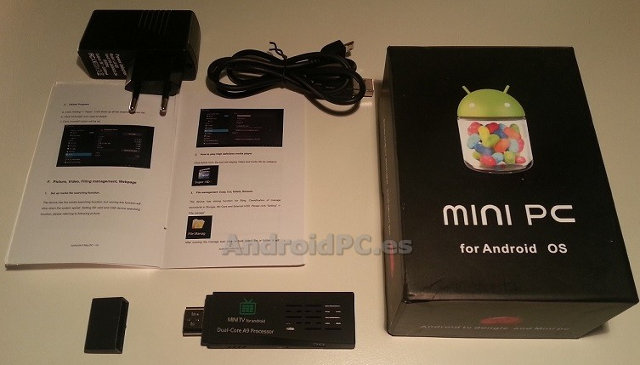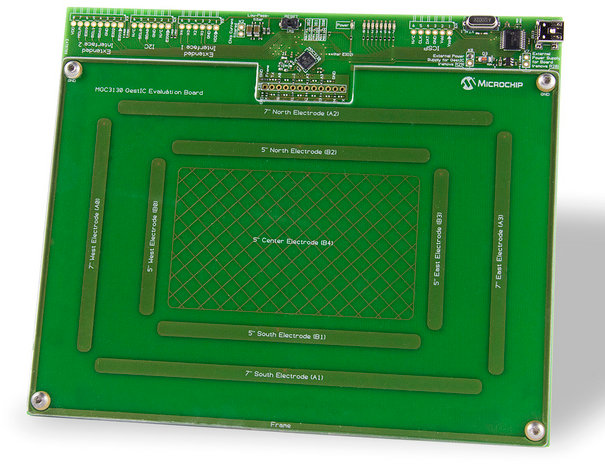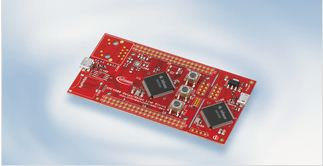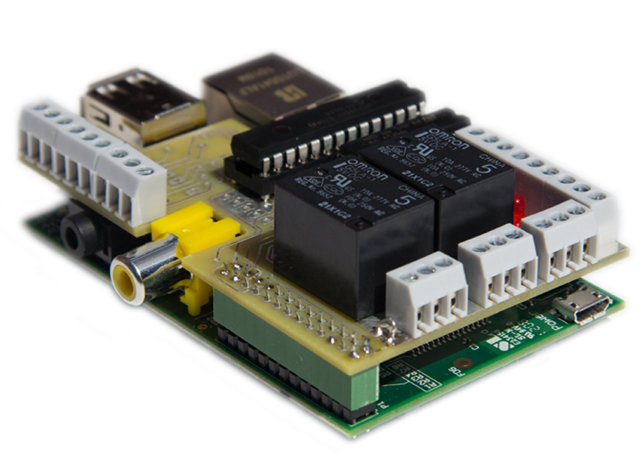Xlab (Maxim Kouprianov) has tested 2D & 3D capabilities of AllWinner A10 SoC (with Mali-400 GPU) on a Ployer MOMO11 Bird Edition tablet running OpenEmbedded with kernel 3.0.52+ testing X11, EGL, OpenGL ES2 and Qt4 on the platform, and the results are pretty smooth as you can see in the video below, although there appears to be some flickering in LunaSysMgr demo. The tools used in the demos are xfwm4 (Xfce Windows Manager), es2gears_x11, cube (Qt), LunaSysMgr (Qt/WebOS) and glmark2-es2. Qt4 acceleration is done via XlibGL platform which in turns uses X11-EGL. He used the Mali drivers version r3p0 (mali400-gles20-gles11-linux-x11-ump) and xf86-video-mali on sunxi-linux github repository mainly maintained by rz2k. You can get more details on how to build Mali-400 support for AllWinner A10 on http://linux-sunxi.org/Mali400, and GPU benchmark results for A10 show the drivers seem to work as expected. Jean-Luc Aufranc (CNXSoft)Jean-Luc started CNX Software in 2010 as a part-time […]
Kimdecent T21 mini PC Unboxing and Review
Androidpc.es has written a review for the low cost ($49) Kimdecent T21 dual core mini PC in Spanish, and I’ll provide a summary of the review in English below. Kimdecent T21 Unboxing Kimdecent T21 is an Android 4.1 HDMI TV Stick powered by Nufront NS115 dual core Cortex A9 processor. Check out my earlier post about Kimdecent T21 for specifications. The package comes with T21 mini PC, a power adapter with USB to micro USB cable, and a user manual in English. You can also watch T21 Unboxing Video on YouTube. Kimdecent T21 User Interface & System Overview The user interface is a standard Android screen, albeit with power and volume buttons in the Status Bar. I don’t really find this interface very suitable for the TV, but you can always install your own launcher such as Android TV Launcher (apk), or other launcher apps available on Google Play. Beside […]
Jolla Unveils Sailfish OS based on Meego and Sailfish SDK
Last July, a company called Jolly announced it would design, develop and sell smartphones based on the Meego operating system. This is now closer to reality as a demo has been showcased running on Nokia N950, except the operating system is now called Sailfish OS. Internally, Sailfish OS is built on top of the Mer project and Qt. The UI is built with QML and QtQuick and the standard QtMobility APIs are supported. For software development, you’ll need to use a special version of QtCreator. The development flow looks very similar to what you would do to develop applications for Symbian or Harmattan phones. More precisely, the Sailfish SDK consists of QtCreator, a virtualised Mer Platform SDK and Sailfish components. Code is developed in Qt-Creator on the host device, then the code is passed to the virtualised Mer SDK where it compiles inside the Virtual Machine. If you want to […]
Congatec Reference Board for Video Wall Systems Powered by AMD Embedded R-Series APU
congatec AG has introduced a new reference board for video wall system design. This reference design is based on a baseboard, an AMD Embedded R Series APU COM Express CPU module (conga-TFS) & an optional AMD Radeon E6760 GPU MXM module, and can support up to 9 independent displays. The video wall baseboard includes a wide range of ports and features for embedded applications such as : Video Output – VGA, 18/24Bit single/dual channel LVDS, 3x DisplayPort 1.2, 1x HDMI 1.4 and 2x single-link DVI (All ports are available when both the CPU and MXM graphics modules are used) Ethernet – 2x Gbit Ethernet SATA – 4x SATA (for 2.5″ SATA or SSD) USB – 4x USB 3.0 and 4x USB 2.0 PEG Port 2.0 7x PCI Express 2.0 x1 lanes RF4CE (ZigBee) receiver enabling remote control 19V power supply for standard notebooks Developers can optionally integrate an additional graphics […]
Microchip Announces MGC3130 3D Gesture Controller Featuring GestIC Technology
Microchip Technology has recently announced the MGC3130, the world’s first electrical-field (E-field)-based 3D gesture controller based on Microchip’s patented GestIC. This technology allows you to use hand gestures to control a computer with the accuracy of a mouse. The end result looks somewhat similar to what is done with the Leap Motion controller but the range is shorter as you need to be within 15cm of the surface with the electrodes. However, I would suspect this technology to be cheaper and consume less power. The picture above is the development kit with MGC3130 chipset at the top center of the board. With a power consumption as low as 150 microwatts in active sensing state, the MGC3130 enables always-on 3D gesture recognition (even for battery powered devices). The power consumption is up to 90% lower than camera-based gesture systems. Here are MGC3130 key features: 0 (touch) to 15 cm detection range […]
Infineon Unveils Low Cost XMC4500 Relax & Relax Lite Kits For Cortex M4 XMC4500 MCUs
Infineon XMC4500 micro-controller family is based on ARM Cortex-M4 core @ 120 MHz, comes with 128 to 160 KB SRAM, 512 KB to 1 MB “Program Memory” as well as interfaces & peripherals, such as DMA, Ethernet, USB, ADC, DAC, SPI, I2C, I2S, UART and more. They are specifically designed for industrial applications supporting temperatures up to 125°C. The family was announced at Embedded World 2012 in February, and mass production started in May. This week at Electronica 2012, the company announced two low cost development kits for XMC4500 MCU: XMC4500 Relax Lite Kit (10 Euros): XMC4500 Microcontroller (ARM® Cortex™-M4F based) Detachable on-board debugger Power over USB ESD and reverse current protection 2 x user button and 2 x user LED 4 x SPI-Master, 3x I2C, 3 x I2S, 3 x UART, 2 x CAN, 17 x ADC (12 bit), 2 x DAC, 31x PMW mapped on 2 Pin Headers […]
£20 PiFace Digital I/O Expansion Board for the Raspberry Pi Board
Elements14 has just announced that it will be the exclusive distributor of the PiFace Digital I/O expansion board for the Raspberry Pi and sell it for 20 GBP. The PiFace Digital board, whose first prototype was unveiled back in May, is an expansion board allows you to interact with the outside world and control and sense physical devices such as lights, motors and sensors like the Gertboard, but has the advantage of fitting neatly on the top the Raspberry Pi, which should allow it to be used with some of the existing Raspberry Pi cases. Detailed technical information is scarce on the Mk2 version of PiFace Digital (the one sold by Elements14), but the board apprars to include 2 relays (which can be disabled by jumper), a buffered I/O interface with 8 inputs and 8 outputs, and buttons & LEDs. If will primarily be an education platform and free educational tools […]
XBMC for Linux on AllWinner A10 Devices? It Works! (Sort of)
Following the lack of support by AllWinner for the video engine libraries (CedarX), I had more or less given up on hope XBMC for Linux would ever run properly on AllWinner A10/A13 hardware. But recently, I found out some progress had been made using existing libs, and saw the Pengpod Tablet video showing XBMC running in Linux fairly smoothly. So I decided to cross-compile XBMC by following the instructions available at http://linux-sunxi.org/XBMC and trying to run it in Linaro ALIP 12.04 rootfs in my Mele A1000. Finally, I managed to cross-compile XBMC, but the performance was very poor in the GUI (6 to 12 fps) and I was unable to play videos and my serial console was flooded with messages like:
|
1 |
[DISP] not supported image0 pixel sequence:216 in img_sw_para_to_reg |
[Update: I managed to have XBMC Linux running & playing videos on Mele A1000 by using j1nx image (rootfs + kernel). I would first exhibit the exact same […]








